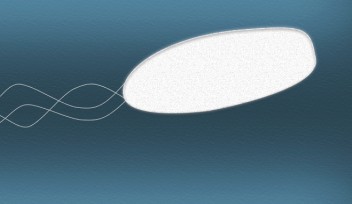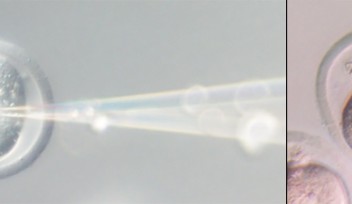Dr. Mitsuhiro Yanagida receives the Order of Culture
On November 3, 2011, Dr. Mitsuhiro Yanagida, Principal Investigator of the G0 Cell Unit at OIST, received the Order of Culture, Japan’s most prestigious cultural award. The Japanese government cited Dr. Yanagida’s great contribution to the field of molecular genetics, especially in the field of chromosome segregation. Dr. Yanagida was handed the award by the Emperor at a ceremony that took place at the Imperial Palace.
Dr. Yanagida joined OIST in April 2004. In Okinawa, he is investigating the molecular mechanism of cell regulation in arrest and maintenance during the G0, or non-dividing stage of the cell cycle. In July, the Okinawa Prefecture selected a research project by a group led by Dr. Yanagida as part of the prefecture’s vision to establish an R&D cluster in Okinawa. Under the project entitled “Metabolomic study for the technological development of health-longevity improvement through new approaches to the transdermal absorption of the active ingredients,” Dr. Yanagida’s team will use analytic technology called “metabolome” to search for Okinawan products that contain substances which could treat disease, and conduct research on the transdermal absorption process of such substances. The team will also conduct genetic analysis to investigate why people of Okinawa are the most long-lived in the world. The study will be funded by the Okinawa Prefectural Government and last for three years.
Congratulations, Dr. Yanagida! We wish you many more successes in your work at OIST!
Born in Tokyo, Japan, Dr. Mitsuhiro Yanagida graduated from the University of Tokyo’s Graduate School Science. As a post-doctoral researcher, he worked at the University of Vienna, an institution in Naples, and at the University of Maryland, before becoming a professor at Kyoto University in 1977 at the age of 36. Over the past 30 years, Dr. Yanagida has achieved excellent results in the research field of eukaryotic cell cycle, particularly the regulatory mechanisms of chromosome segregation. He is also widely known for his early works on fluorescence microscopic observation of DNA, which were the first such observations.

Specialties
For press enquiries:
Press Inquiry Form














